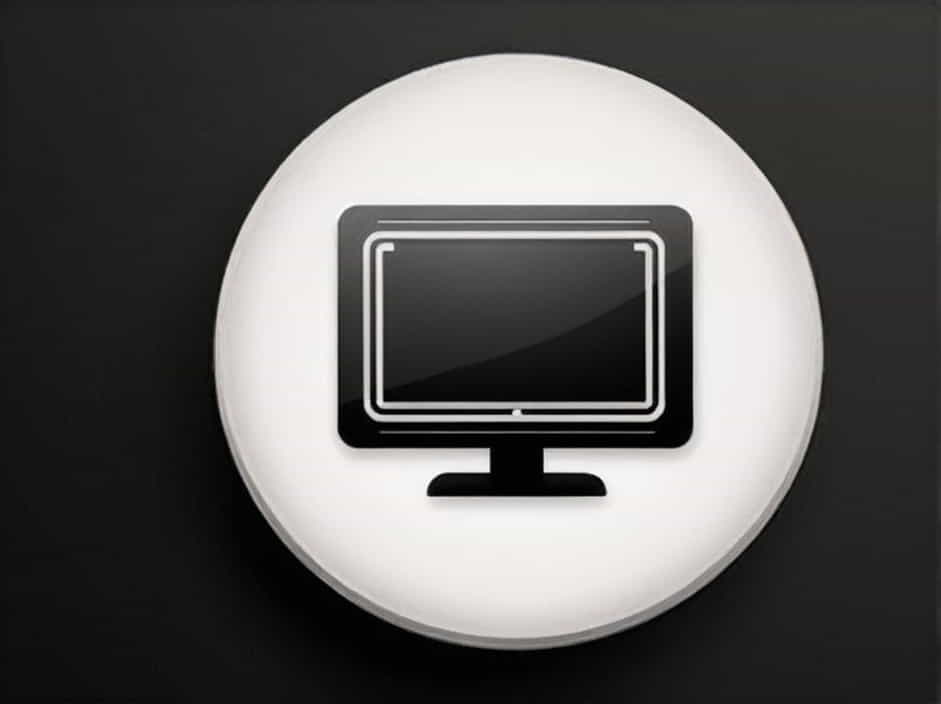Billboards are large outdoor advertising structures commonly seen along highways, in urban areas, and near commercial centers. They serve as a powerful marketing tool, capturing the attention of drivers, pedestrians, and commuters.
In today’s world, billboards play a significant role in brand awareness, product promotion, and public messaging. From traditional printed billboards to modern digital displays, they have evolved to meet the demands of the advertising industry.
This topic will explore the definition of billboards, their types, benefits, and impact on marketing strategies.
Definition of Billboard
A billboard is a large, fixed advertisement display placed in high-traffic locations. It is designed to convey a message quickly and attract attention from a distance. Billboards are commonly used by businesses, organizations, and governments to promote products, services, and public awareness campaigns.
The term billboard originates from “bill,” meaning a public notice, and “board,” referring to a flat surface used for posting advertisements. Over time, this form of advertising has become a dominant feature in urban landscapes worldwide.
Types of Billboards
Billboards come in various formats, each serving different purposes. Below are some of the most common types:
1. Traditional or Static Billboards
- Made of printed vinyl or paper.
- Fixed content that does not change frequently.
- Found on highways, busy streets, and public areas.
2. Digital Billboards
- Use LED screens to display rotating advertisements.
- Allow for dynamic and real-time updates.
- More engaging due to animations and high-resolution graphics.
3. Mobile Billboards
- Placed on trucks, buses, or taxis.
- Reach multiple locations in a single day.
- Often used for events, political campaigns, and brand promotions.
4. 3D Billboards
- Use three-dimensional elements to create a realistic effect.
- Increase engagement through eye-catching visuals.
- Commonly seen in big cities like New York, Tokyo, and London.
5. Interactive Billboards
- Allow public interaction through QR codes, sensors, or social media integration.
- Create a more engaging experience for the audience.
- Example: Billboards that change images when people walk by.
How Billboards Work in Advertising
Billboards are designed to capture attention quickly, often using bold colors, minimal text, and high-impact images. The goal is to deliver a message in seconds as people pass by.
Key elements of an effective billboard advertisement include:
- Short and clear messaging – Typically 7 words or fewer.
- Large, easy-to-read fonts – Ensures visibility from a distance.
- High-quality images or graphics – Creates visual appeal.
- Strategic placement – Located in areas with high foot or vehicle traffic.
Advantages of Billboard Advertising
1. High Visibility
Billboards are placed in high-traffic areas, ensuring that thousands or even millions of people see them daily. Unlike online ads that can be skipped, billboards cannot be ignored.
2. Cost-Effective Over Time
While the initial cost of billboard advertising may be high, the cost per impression (CPI) is low compared to TV or digital ads. A billboard operates 24/7 without requiring continuous investment.
3. Builds Brand Awareness
Repeated exposure helps brands stay top-of-mind among consumers. Whether it’s a local business or a global corporation, billboards reinforce brand identity.
4. Works for Local and Global Campaigns
Billboards are ideal for targeting local audiences, such as promoting restaurants, stores, or events. At the same time, major brands use them for global advertising campaigns.
5. No Ad Blockers or Skipping
Unlike online ads that users can block or skip, billboards guarantee exposure to everyone passing by.
Challenges of Billboard Advertising
1. Limited Attention Span
Drivers and pedestrians only have a few seconds to view a billboard, so messages must be short and impactful.
2. High Initial Costs
Renting billboard space, especially in prime locations, can be expensive. Additionally, digital billboards require ongoing electricity and maintenance costs.
3. Weather and Environmental Factors
Traditional billboards are exposed to rain, wind, and sunlight, which can cause wear and tear over time.
Billboard vs. Other Forms of Advertising
1. Billboard vs. Digital Advertising
- Billboards: Constant exposure, no audience targeting.
- Digital ads: Can target specific audiences but are easily skipped.
2. Billboard vs. TV Advertising
- Billboards: Always visible, lower cost per impression.
- TV ads: Reach large audiences but can be expensive.
3. Billboard vs. Social Media Marketing
- Billboards: Great for local awareness, physical presence.
- Social media: Better for engagement, interaction, and analytics.
How to Make an Effective Billboard Advertisement
To create an impactful billboard, follow these guidelines:
1. Keep the Message Simple
A billboard should have a clear and concise message. Avoid long sentences and unnecessary details.
2. Use Bold and Readable Fonts
Text should be large and visible from a distance. Choose colors that contrast well with the background.
3. Incorporate High-Quality Images
Visuals should be eye-catching and easy to understand. Avoid cluttered designs.
4. Choose the Right Location
Place billboards in areas with heavy traffic to maximize visibility. Consider demographics and audience behavior.
5. Use a Call-to-Action (CTA)
Encourage viewers to visit a website, call a number, or take action. Example: “Visit Us at Downtown Mall Today!”
The Future of Billboard Advertising
1. Growth of Digital Billboards
With advancements in technology, digital billboards are becoming more popular. They allow for real-time updates, animations, and interactive elements.
2. Integration with Smart Technology
Future billboards may use AI, facial recognition, and augmented reality (AR) to deliver personalized advertising.
3. Sustainability and Eco-Friendly Materials
As businesses focus on environmental impact, the use of solar-powered billboards and recyclable materials is increasing.
Billboards remain a powerful and effective advertising tool despite the rise of digital marketing. Their high visibility, cost-effectiveness, and ability to build brand awareness make them a popular choice for businesses worldwide.
Whether you are a marketer, entrepreneur, or simply curious about advertising, understanding how billboards work and their impact on consumer behavior can provide valuable insights into modern marketing strategies.
